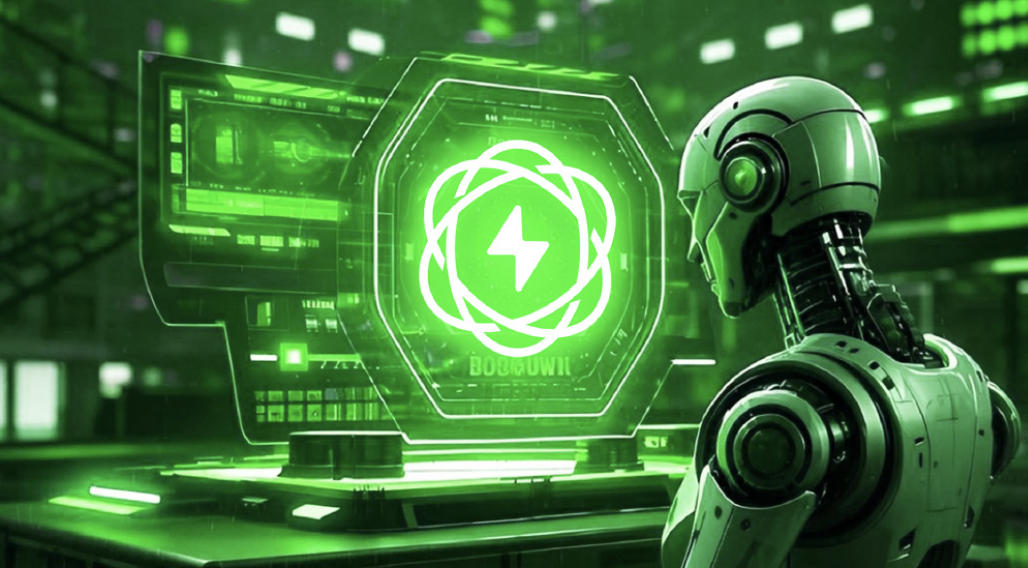
Hydrogen fuel cells are at the forefront of clean energy innovation, offering a powerful way to reduce our reliance on fossil fuels. These fuel cells use hydrogen to produce electricity, with water and heat as the only byproducts, making them an environmentally friendly energy source.
In recent years, there has been remarkable progress in hydrogen fuel cell development, making this technology more efficient, practical, and affordable for various applications, from cars and buses to power plants.
At its core, a hydrogen fuel cell generates electricity through a chemical reaction. Hydrogen gas is fed into the fuel cell, where it reacts with oxygen from the air. This reaction produces electricity, which can power an electric motor or other devices.
Unlike batteries, which store energy, fuel cells generate electricity as long as they have a supply of hydrogen, making them a promising solution for applications that require continuous power.
One of the most significant breakthroughs in recent years is the development of more efficient fuel cells. Traditional fuel cells faced challenges such as high costs and limited durability.
However, new designs using advanced materials, such as platinum alternatives for catalysts, have reduced costs while improving performance.
Researchers have also developed more durable membranes that can withstand long-term use, ensuring that fuel cells last longer and require less maintenance.
Another exciting development is the production of “green hydrogen.” Hydrogen is often produced using natural gas, which generates carbon emissions. However, green hydrogen is made by splitting water into hydrogen and oxygen using renewable electricity, such as solar or wind power.
This process, called electrolysis, produces hydrogen without emitting any greenhouse gases. Advances in electrolyzer technology have made green hydrogen more efficient and cost-effective, paving the way for a truly sustainable hydrogen economy.
Hydrogen fuel cells are finding new applications in transportation, where they offer significant advantages over traditional batteries. For example, hydrogen-powered vehicles can be refueled in minutes, much faster than charging an electric car.
They also have a longer range, making them ideal for trucks, buses, and trains. Recent projects have demonstrated the viability of hydrogen-powered trains in Europe and hydrogen-powered delivery trucks in the United States, showing that fuel cells can handle heavy loads and long distances.
The aviation industry is also exploring hydrogen fuel cells as a way to reduce emissions. Companies like Airbus are developing hydrogen-powered planes that could revolutionize air travel.
While still in the experimental stage, these projects show that hydrogen has the potential to play a significant role in reducing the carbon footprint of one of the most challenging sectors to decarbonize.
Stationary fuel cells, used for power generation, are another area of growth. These systems can provide clean and reliable energy for homes, businesses, and even entire communities.
Recent advancements have made stationary fuel cells more efficient, allowing them to operate in diverse settings, from urban areas to remote locations.
In Japan, for instance, fuel cells are already being used to provide backup power in homes, demonstrating their practicality for everyday use.
Despite the progress, challenges remain. Producing, storing, and transporting hydrogen safely and economically is still a work in progress. Hydrogen is highly flammable, and its storage requires specialized equipment.
However, researchers are making strides in developing new materials and methods for safe hydrogen storage, such as solid-state storage systems that reduce the risk of leaks.
The cost of hydrogen fuel cells is also coming down, thanks to increased production and technological advancements.
As more governments and companies invest in hydrogen infrastructure, economies of scale are expected to further reduce costs, making hydrogen fuel cells more accessible.
Hydrogen fuel cells hold enormous potential to transform how we power our world. From cleaner transportation to sustainable energy generation, this technology offers a path toward a greener future.
With ongoing research and innovation, hydrogen is moving from a niche energy source to a mainstream solution, helping us tackle the challenges of climate change while creating a more sustainable and energy-secure world.
Copyright © 2025 Knowridge Science Report. All rights reserved.







Leave a Comment